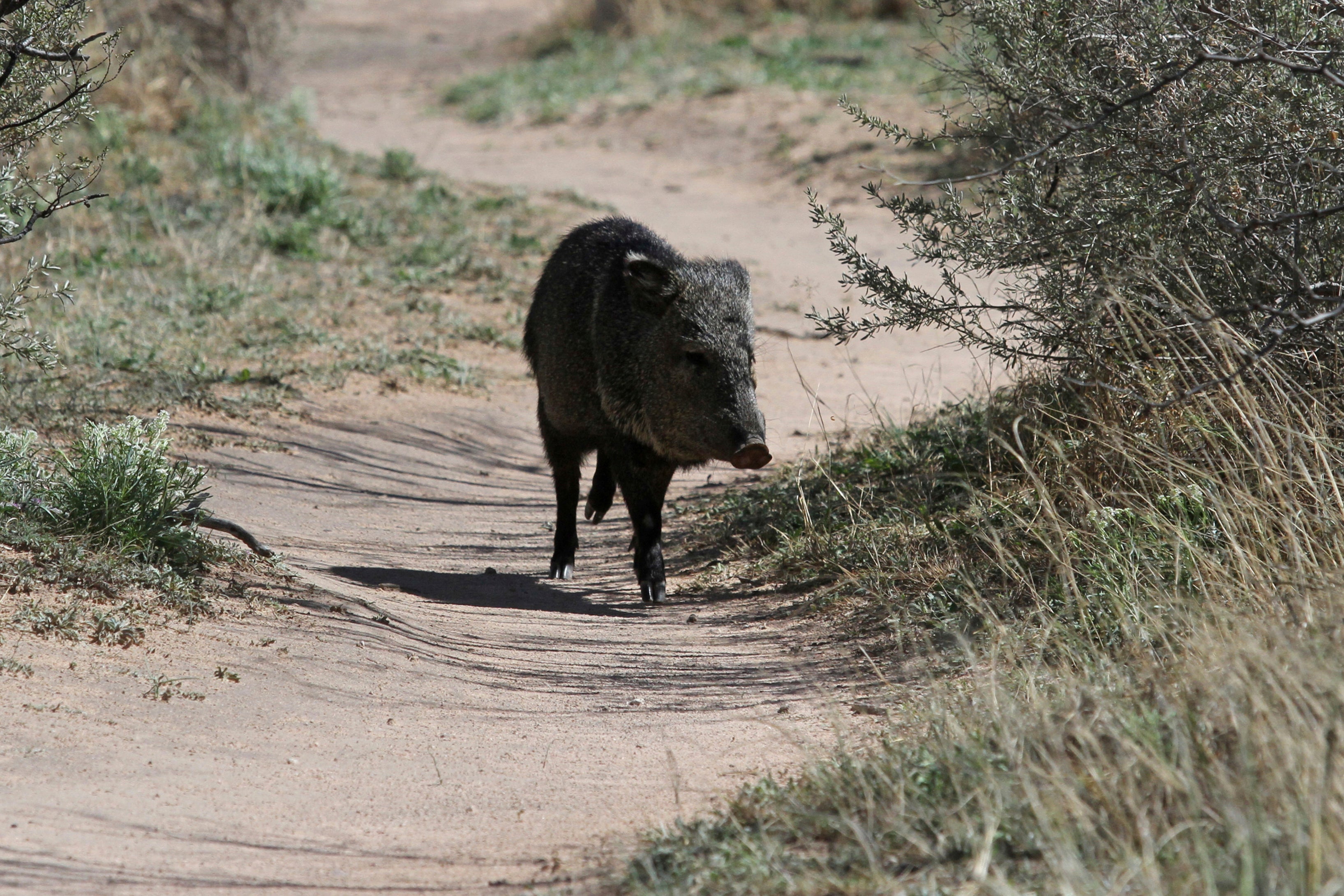A warmer than usual summer blamed for hungry, hungry javelinas ripping through Arizona golf course
Operators of a northern Arizona golf course think they have finally found the right repellent for javelinas ripping apart their turf — chili oil

Your support helps us to tell the story
From reproductive rights to climate change to Big Tech, The Independent is on the ground when the story is developing. Whether it's investigating the financials of Elon Musk's pro-Trump PAC or producing our latest documentary, 'The A Word', which shines a light on the American women fighting for reproductive rights, we know how important it is to parse out the facts from the messaging.
At such a critical moment in US history, we need reporters on the ground. Your donation allows us to keep sending journalists to speak to both sides of the story.
The Independent is trusted by Americans across the entire political spectrum. And unlike many other quality news outlets, we choose not to lock Americans out of our reporting and analysis with paywalls. We believe quality journalism should be available to everyone, paid for by those who can afford it.
Your support makes all the difference.Operators of a northern Arizona golf course think they have finally found the right repellent for javelinas ripping apart their turf — chili oil.
“Even though they’re Southwest animals, they don’t like Southwest seasoning,” Dave Bisbee, general manager at Seven Canyons Golf Club in Sedona, said Tuesday.
This is not the first autumn the golf course has been targeted by foraging javelinas. Bisbee said it's occurred several times over the years, but the amount of damage he saw is rare.
The hotter than normal summer felt in various regions of Arizona is likely what has driven the pig-like peccary to take big bites out of the golf course. The Sedona area saw less than 2 inches (5 centimeters) of rain this whole summer. Last year, the golf course was drenched with 18 inches (46 centimeters) of rain over the course of the summer storm season, also known as monsoon season, Bisbee recalled.
“We had zero damage,” he said.
The tearing of turf started happening six weeks ago. In total, the animals have hit about eight different spots from all sides.
The club has been working with the Arizona Game & Fish Department to “figure out a way to co-exist with them." A herd of javelinas, also called a squadron, is typically made up of six to nine, according to the National Park Service.
Bisbee said he was told by wildlife officials the golf course has anywhere from 30 to 50 squadrons.
He knows of other golf courses in the state that have had similar issues. But theirs is the only one to draw enormous attention on social media.
Emily Casey, assistant superintendent, posted cellphone video over the weekend showing divot after divot. The video has been viewed more than 25 million times.
A similar situation happened five years ago after a particularly hot, dry summer, Bisbee recalled. That time, the club tried granules of coyote urine. That made things worse.
“It was like putting bacon bits in their salad,” he said.
For now, chili oil seems to be the most effective. The golf club, which has a restaurant, has been working with suppliers to get a concentrate to make a spray. They think it will help until the temperatures cool down next week, which should prompt javelinas to look elsewhere.
“We're still trying to figure out the right formulation in the chili oil we put out. It's a delicate thing for the grass,” Bisbee said. “It's a continuing dance we do.”